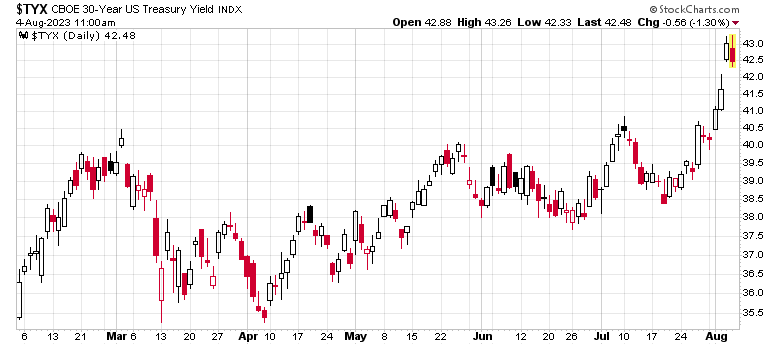I keep having this amusing thought in my mind, “Everybody wants to become a day trader”. I noted this especially during the Covid-19 era which gave the lesson to a whole cohort of individuals that the way to riches was picking off Gamestop (NYSE: GME) and YOLO-ing to millions. Since then, there has been many people wanting to get into the investing world as their second “side gig”, instead of doing something that actually adds value to society.
I have written and spoke on a past episode of Late Night Finance the fictional world of an island of 100 people, being able to produce a mild surplus of food to satisfy their needs, and then what happens is that they all want to turn into day traders – producing food is difficult work, while clicking buttons in front of a computer is so much easier!
Here is a small amusing story.
When going to Costco (something that Charlie Munger and myself share in common high regard to our appreciation for this institution), I overheard an employee and presumably one of his friends (who wasn’t wearing any name tag) having a conversation near the vegetable section. While I was casually looking at produce, I couldn’t help but overhear some very interesting words such as “limit order” and “trades”. Naturally my ears piqued and I stopped there and became very interested in inspecting the fine micro-details of the avacadoes in front of me while I listened to the conversation. Essentially the friend was talking to the employee about how you should always use limit orders and was tapping away on his Wealthsimple app on his mobile phone to show some charts of various stocks. He clearly was giving a miniature lesson on trading to the employee.
This got me thinking about a few things.
1. Financial competition is everywhere. Technically all of you readers of mine are competition as well, but I am such a sleepy trader that I’m not much of a threat, unless if we decide to all pile into the Yellow Pages (TSX: Y) at the same time (speaking of which, a valuation of an EV of 2.8x annualized operating cash flow!).
2. Maybe there are still new entrants trying to get into “the game”. Tough to believe at this point.
3. How many people would stop working in order to make their fortunes trading stocks? Why bother slogging away at Costco making $20/hr when you can potentially make $20/minute YOLO-ing Tesla or whatever?
Statistically speaking, there has to be some cohort that has tried and by virtue of getting a bunch of coin tosses correct, have removed themselves from the labour force at least temporarily. Just like somebody going to the casino and winning at slot machines, it is entirely possible to win money at the stock market without any prior knowledge. I would claim the stock market offers better odds. When a society starts to see the way to riches as a result of zero-sum extraction as opposed to actually creating wealth (farming, building, cutting people’s hair or programming software), it is no wonder why we are seeing inflation – nobody’s producing supply because they’re too busy day-trading. You get enough of this cohort in society and not only does the zero-sum extraction become more difficult for the participants involved but the cost of everything else rises because of the labour pool removal.

